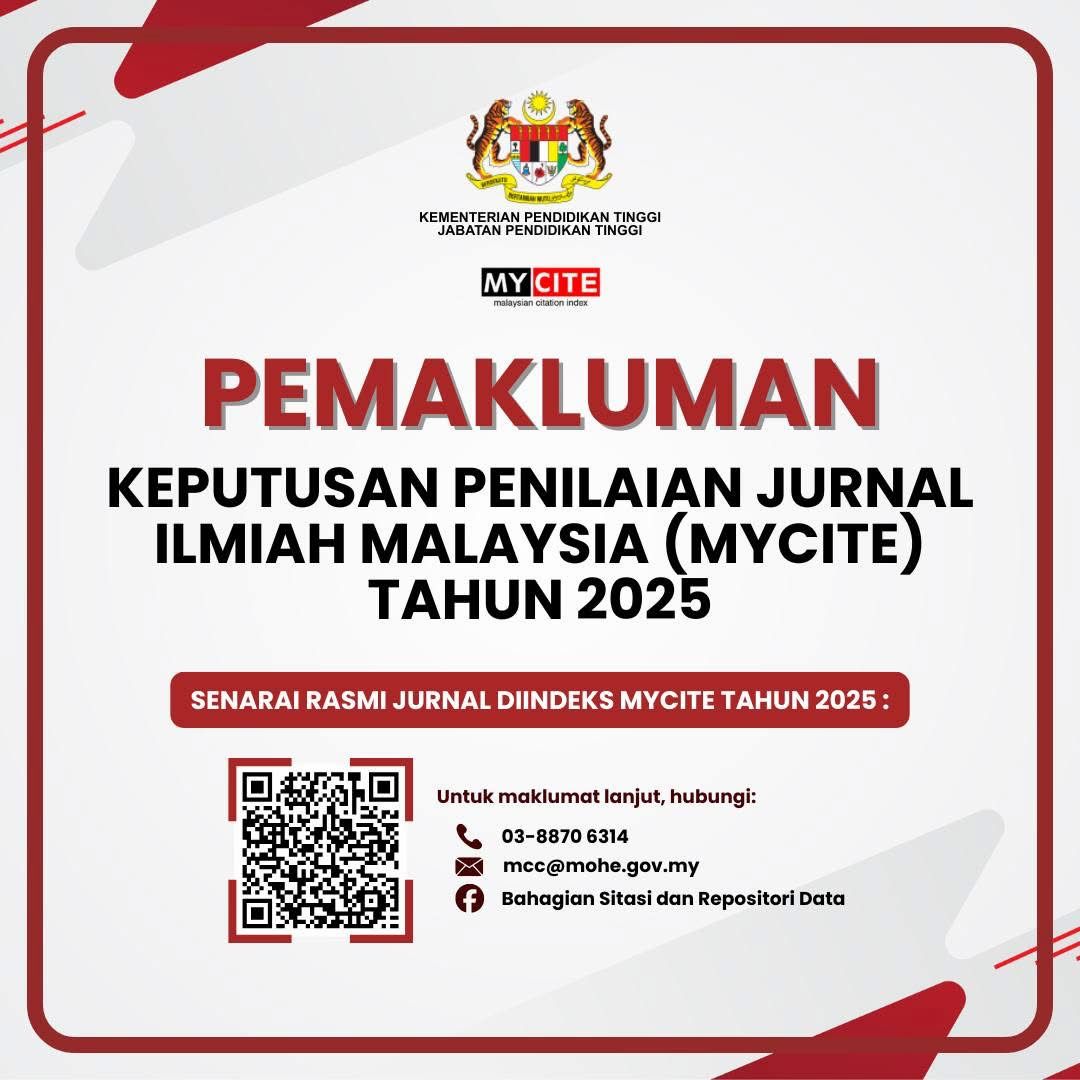Festival and Visual Art in Ancient China: A Historical Review
DOI:
https://doi.org/10.24191/idealogy.v9i1.507Abstract
Festival visual art in ancient China, before 1912 (the end year of the last feudal dynasty), conveys rich culture connotations and aethetics attitude of the ancients. However, few historical reviews on this theme are conducted currently. Based on the qualitative analysis from extensive literature, this paper provides a through understanding of it from three parts. The first part analyzes the origins of the festival art, which is summarized as natural rhythm, religion and myth, and ancestor worship. The second part discusses appropriate viewing times for festival art, in which artworks of twelve-a-set and festival patches in the late feudal dynasty are focused. In the third part, visual arts of four festivals including the New Year, the Lantern Festival, the Dragon Boat Festival, and the Qixi Festival are selected as representatives to catch a glimpse of the general characteristics of Chinese festival visual art. Overall, this paper provides a systematic understanding and a new perspective of festival visual art in ancient China for further research.
Keywords: Visual Art, Festival, China, Art History
References
Cai, Y. (2022). Duduan. China National Microfilming Center For Library Resources. (Original work published ca. 132–192)
Chinese New Year Paintings of Chinese Memory Project (n.d.). National Library of China. Retrieved July 7th, 2023, from http://www.nlc.cn/zgjyxm/lsfz/hdyq/201301/t20130114_69148.htm
Dasong Xuanhe Yishi. (1954). Chinese Classical Literature Publishing House. (Original work published ca. 960–1279)
Fan, Y. et al.(2007). Book of the Later Han. Zhonghua Book Company. (Original work published 432–445 )
Fu, L., Hu, J. X., He, L. F., & Wu, C. S. (2014). Intangible Cultural Heritage of Neiqiu, Living Fossil of Traditional Culture. Hebei Fine Arts Publishing House
Fucha, D. C. (1981). Yanjing Suishi Ji. Beijing Ancient Books Publishing House. (Original work published 1906)
Halim, S., & Truna, D. S. (2023). Taoisme dan konfusianisme di Indonesia. Idealogy Journal, 8(1), 41-51.
Huang, X. F. (2018). Flowers, Babies and Skeletons: Searching for the Dragon Boat Fan in Song Paintings. Chinese Painting and Calligraphy, (05), 8-21.
Jiang, Y. W. (2013). Worship or incineration——A small study on the sacrificial methods and causes of Neiqiu Shenma. Yangtze River Civilization, (04), 23-28.
Liang, H. E. & Zhang, S. H. (2016). Research on the relationship between the occasional patterns of festival costumes and folk festivals in the Ming Dynasty. Creativity and Design, (05), 40-47.
Lie, Y. K. (2022). Liezi. Zhonghua Book Company. (Original work published ca. 475–221 B.C.E.) Liu, Z. D. (2012). Mohula and the Western Region Origin of Qixi Festival Customs in Song Dynasty.
Folklore Research, (01), 67-97. doi:10.13370/j.cnki.fs.2012.01.006.
Liu, R. Y. (2018). Zhuozhong Zhi. Beijing Publishing House. (Original work published ca. 1628– 1644)
Meng, Y. L. (1985). Dongjing Menghua Lu. Zhonghua Book Company. (Original work published 1127)
Shi, Y. F. (1988). The evolution of Taoism's worship of gods and the formation of the gods. Sichuan Cultural Relics, (02), 3-9.
Stuart, J. (2011). Timely Images: Chinese Art and Festival Display. Proceedings of the British Academy, (167), 295.
Tai, G. D. (2021). The causes, themes and styles of folk lantern paintings in Beijing in the Qing Dynasty. Art and Folklore, (01), 30-37.
Wang, Y. (2016). Hierarchy in clothing patterns. China Textile Press
Xiao, F. (2005). Ancestral Belief and Family Sacrifice in the Ming and Qing Dynasties. Knowledge of Literature and History, (4), 99-104.
Zhang, C. J. (2012). Dragon Boat Festival Images of Literati and Peasants. Identification and Appreciation of Cultural Relics, (06), 68-74.
Zhang, K. Y. (2021). Re-exploration of the space-time attributes of the four gods in the Chu silk script——Also discussing the space-time concept of space-dominant Chinese ancient mythology. Literary Heritage, (03), 161-173.
Zhang, W. J. (2017). Playing with mud and presenting Qiaoer—Research on folk clay toys in the south of the Yangtze River [Doctoral dissertation, Suzhou University]. https://kns.cnki.net/KCMS/detail/detail.aspx?dbname=CDFDLAST2018&filename=1018017378. nh
Zhou, M. (2007). Wulin Jiushi. Zhonghua Book Company. (Original work published ca. 1260– 1290n.d.)
Zong, M. (2018). Jingchu Suishi Ji. Zhonghua Book Company. (Original work published ca. 501– 565)
Downloads
Published
Issue
Section
License
UiTM Press (the Publisher) has agreed to publish the undersigned author’s paper in Idealogy Journal. The agreement is contingent upon the fulfilment of a number of requirements listed below.
1. The undersigned author warrants that the paper entitled below is original, that it is not in any way libellous or unlawful in Malaysia, that it does not infringe any copyright or other proprietary right. The undersigned hereby represents and warrants that he/she is the author of the paper, except for material that is clearly identified as to its original source, with permission notices from the copyright owners where required. The undersigned represents that he/she has the power and authority to sign and execute this agreement.
2. The undersigned author warrants that the paper entitled below has not been published elsewhere, and also it will not be submitted anywhere else for publication prior to acceptance/rejection by this Journal.
3. By submitting the paper entitled below, the undersigned author agrees to transfer the rights to publish and distribute the paper in an international e-journal (entitled above) to Publisher.
4. The undersigned author agrees to make a reasonable effort to conform to Publisher's submission guidelines and to liaise with the editor to ensure that the requirements of these guidelines are met to a reasonable degree.
5. The corresponding author signs for and accepts responsibility for releasing this material on behalf of any and all coauthors. This agreement is to be signed by at least one of the authors who has obtained the assent of the co-author(s) where applicable. After submission of this agreement signed by the corresponding author, changes of authorship or in the order of the authors listed will not be accepted.



